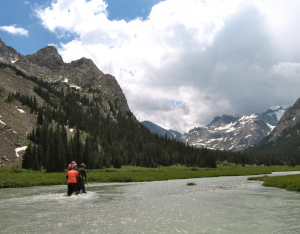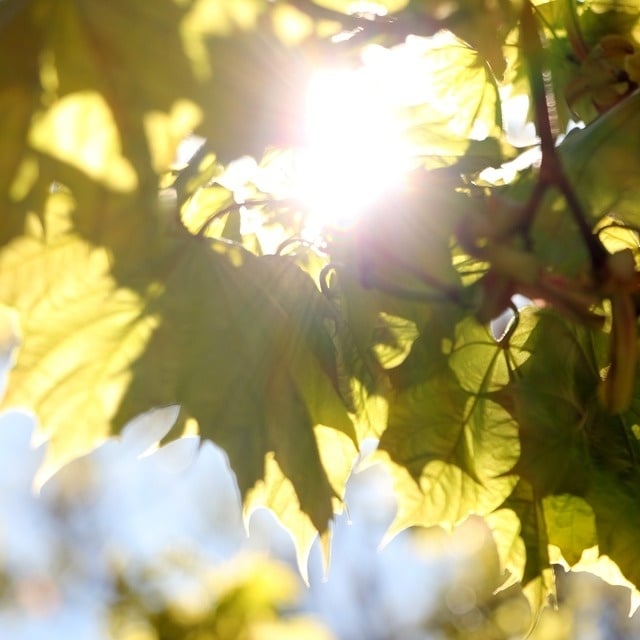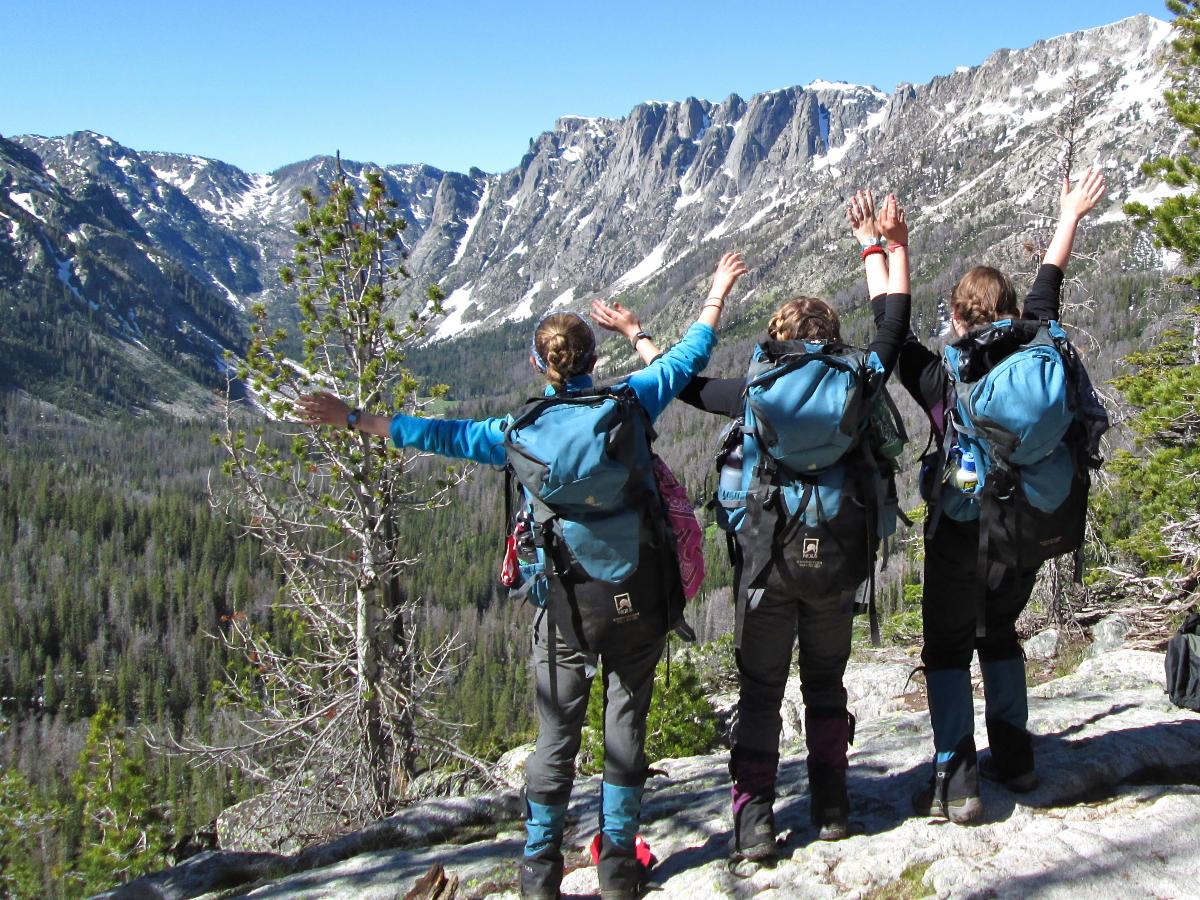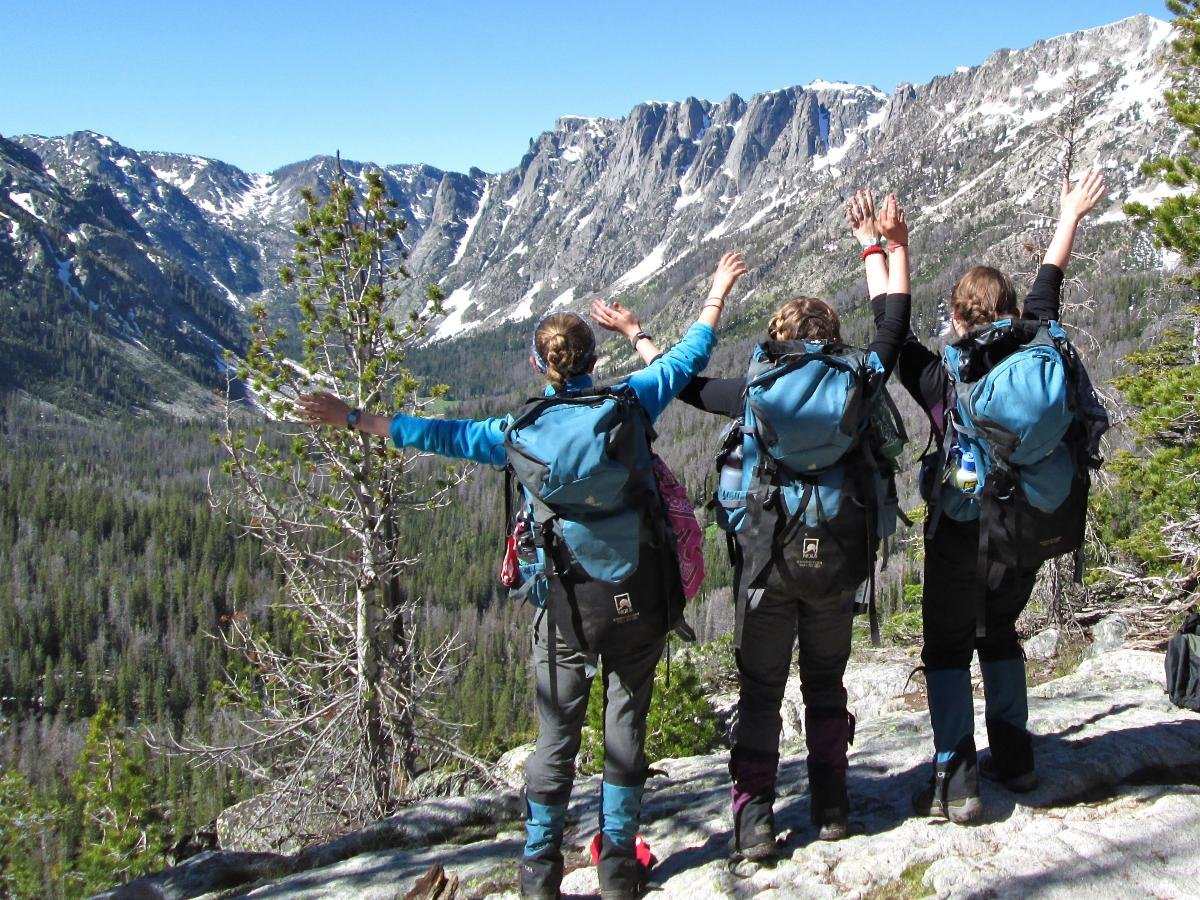It’s a hot summer day in Wyoming and you are hiking along a cherished trail surrounded by pines, peaks and sunny skies. Care to take off your boots and soak your feet in a cool stream, or perhaps go for a swim? Water quality may not cross your mind when you’re sweating and distracted by the beauty of the landscape, but you might have to think again.
 NOLS students execute a river crossing
NOLS students execute a river crossingWith countless streams, creeks and rivers flowing through Wyoming wilderness areas, we have reason to acknowledge their relevance to the environment and our lives. In August of 2014, the Water Quality Division of the Wyoming Department of Environmental Quality (DEQ) made a decision to downgrade certain surface waters from primary to secondary contact recreation. By downgrading streams in this manner, the standards set for water quality in more than 87,000 miles of streams will be lowered significantly.
The process used by the DEQ involved analyzing stream size, proximity to population centers, and recreation access. These three steps were designed to determine the potential use of the stream for swimming, bathing, or other activities that could result in full body immersion or accidental ingestion of water. Although the analysis aimed to consider the public in the decision-making process, the outcome has proven to be a misrepresentation of which streams are likely to be used by the recreating public. As we know at NOLS, just because a stream is located further than a half a mile from a trailhead, does not mean it is inaccessible.
As a primary user of streams in Wyoming’s backcountry, NOLS is taking a stand against the proposal to downgrade these essential waters. In addition to being a part of our classroom and where we recreate, water is one of the most amazing and imperative resources on our planet. To downplay the significance of so many Wyoming streams is a step in the wrong direction.




